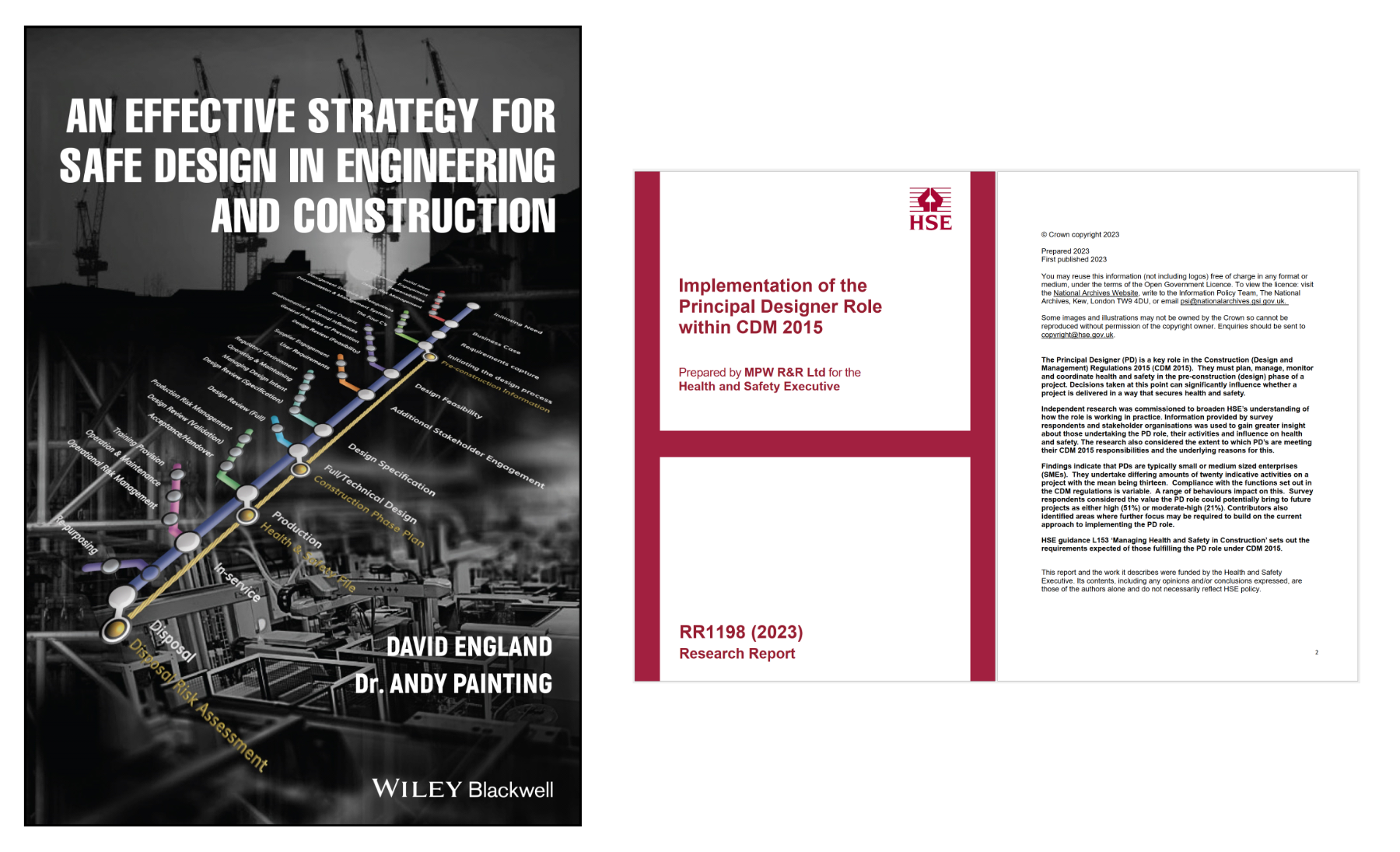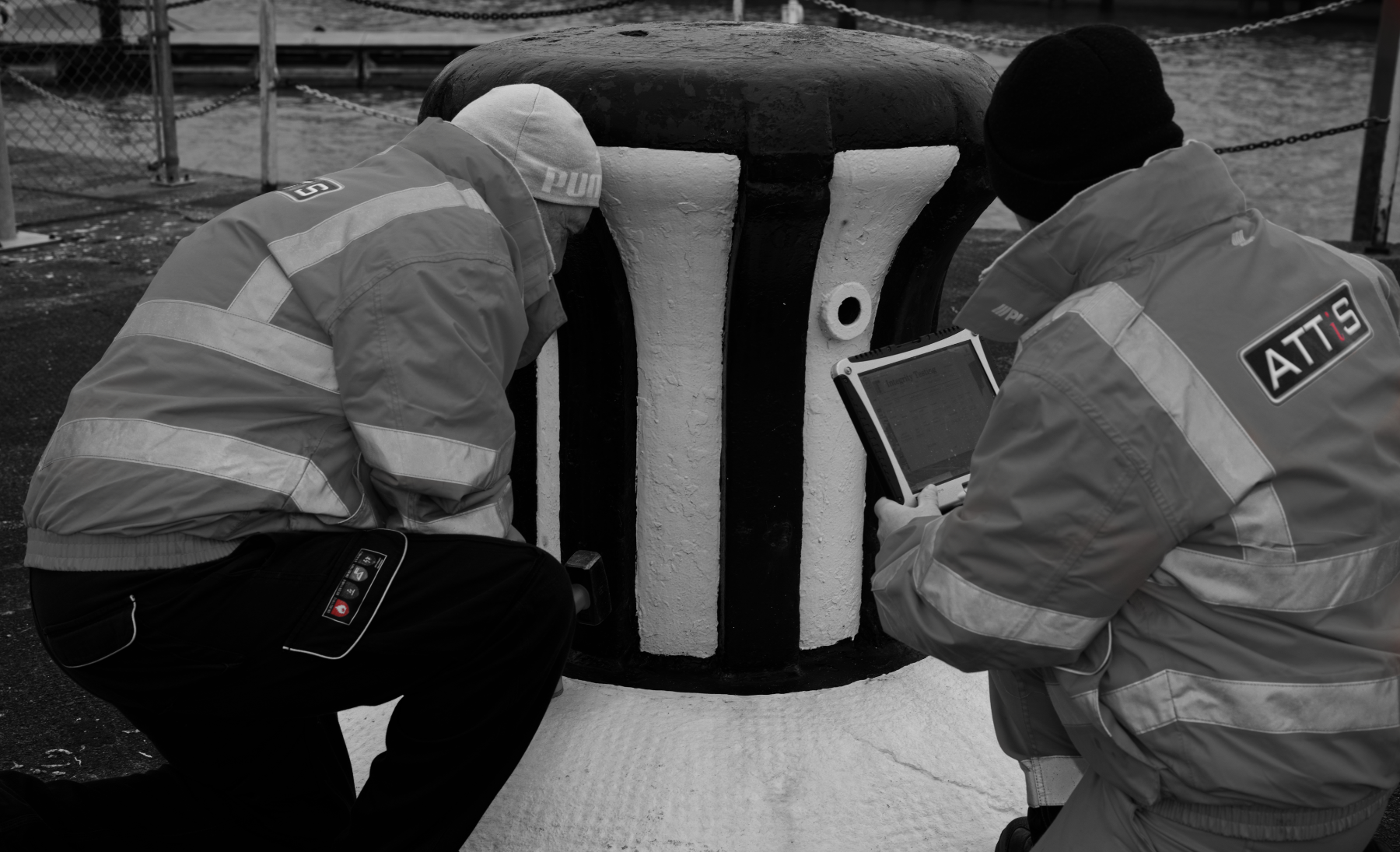HSE RR1198 - Implementation of the Principal Designer Role within CDM 2015

Alignment with the beliefs of Attis
The HSE’s recently released report into the implementation of the role of the principal designer demonstrates some important benefits that this crucial duty holder can bring to a project. It also points out that the range and depth of skills and knowledge required to fulfil the role properly is unlikely to be realistically covered by one individual. These include civil and structural engineering, architectural and building services, as well as an understanding of construction, maintenance, operational use, and of course health and safety. The report goes on to state that this technical knowledge and experience is augmented by the most effective principal designers with soft skills such as leadership, persuasiveness, and conscientiousness.
All of this can assist greatly with ensuring not only the safest outcome in the design but also in the safety of the construction and use phases, thereby helping to reduce risk and costs during the lifetime of the asset. The findings of the report support the findings of Dr Andy Painting and David England at Attis, who have transposed this conscientiousness into a service level second to none. It also reinforces the message contained in their first book, An Effective Strategy for Safe Design in Engineering and Construction, which promotes the use of CDM2015 as an effective framework for safe design and delivery of any project. The competency of this duty holder was also the main drive of discussions that the authors had with the Department of Levelling Up, Housing and Communities with reference to the Building Safety Bill prior to it receiving Royal Assent. Their argument against the lack of effective implementation under this new law reflected what now very firmly appears to be the case under CDM.
Implementation of the Principal Designer Role within CDM 2015, RR1198 (2023), HSE





